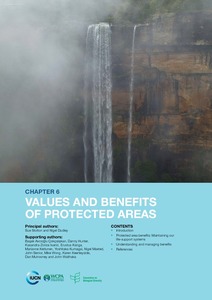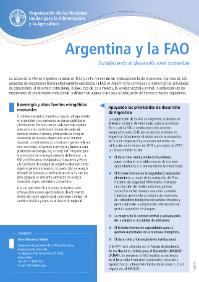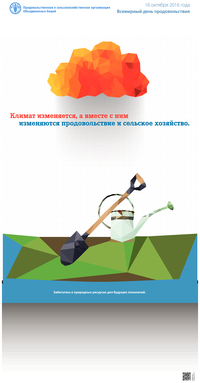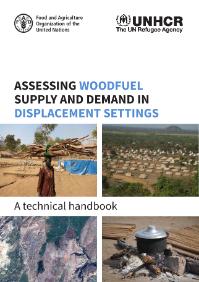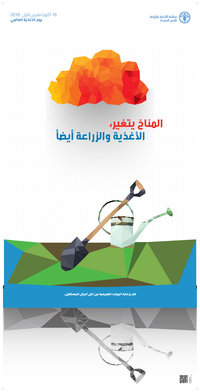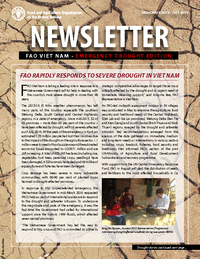Understanding groundwater storage changes and recharge in Rajasthan, India through remote sensing
Groundwater management practices need to take hydrogeology, the agro-climate and demand for groundwater into account. Since agroclimatic zones have already been demarcated by the Government of India, it would aid policy makers to understand the status of groundwater recharge and discharge in each agroclimatic zone. However, developing effective policies to manage groundwater at agroclimatic zone and state levels is constrained due to a paucity of temporal data and information.
Water management for sustainable agricultural intensification and smallholder resilience in Sub-Saharan Africa
Water management strategies and allocation policies that support agricultural intensification across agro-ecological zones and hydrologic basins are required for building resilient agrarian communities in sub-Saharan Africa.We provide an overview of the research and investments needed to enhance agriculture in the region, with a focus on technology and institutions, while describing opportunities for improving rainfed crop production.We discuss a range of water management practices in three river basins that were part of the Challenge Program onWater and Food research on Basin Development C
Water resources assessment of the Volta River Basin
The ‘WISE-UP to climate’ project aims to demonstrate the value of natural infrastructure as a ‘nature-based solution’ for climate change adaptation and sustainable development. Within the Volta River Basin, both natural and built infrastructure provide livelihood benefits for people. Understanding the interrelationships between the two types of infrastructure is a prerequisite for sustainable water resources development and management. This is particularly true as pressures on water resources intensify and the impacts of climate change increase.
What role can information play in improved equity in Pakistan’s irrigation system?: evidence from an experimental game in Punjab
The Indus Basin Irrigation System suffers significant inequity in access to surface water across its millions of users. Information, i.e., monitoring and reporting of water availability, may be of value in improving conditions across the basin, and we investigated this via an experimental game of water distribution in Punjab, Pakistan. We found evidence that flow information allowed players to take more effective action to target overuse, and that overall activities that might bring social disapproval were reduced with information.
Argentina y la FAO
La acción de la FAO en Argentina se inició en 1953 y se ha mantenido sin interrupciones hasta el presente. Con más de 125 proyectos de cooperación técnica efectivamente ejecutados, la FAO en Argentina ha contribuido a intensificar las actividades de capacitación, el desarrollo institucional, la inocuidad de los alimentos, la sanidad vegetal y animal, la aceleración de los mecanismos de coordinación institucional, la difusión de buenas prácticas y la adecuación de normas y marcos regulatorios.
Poster: природных ресурсах. Всемирный день продовольствия 2016. Климат изменяется, а вместе с ним изменяются продовольствие и сельское хозяйство
Заботьтесь о природных ресурсах для будущих поколений.
Assessing woodfuel supply and demand in displacement settings
This manual presents a methodology for assessing woodfuel supply and demand at the level of the displacement camp through the collection of primary data in the field and remote sensing analysis. The methodology uses a multi-sectoral approach to assess the energy-related needs and challenges of people in both displaced and host communities. The first part of the manual presents the methodology for assessing demand for woodfuel, which is structured around four sequential steps.
Poster: هدر الغذاء. يوم الأغذية العالمي
قم برعاية الموارد الطبيعية من أجل أجيال المستقبل.
FAOVN Newsletter - Emergency Drought Edition
A brief summary of the emergency drought situation with news from FAOVN field office.


